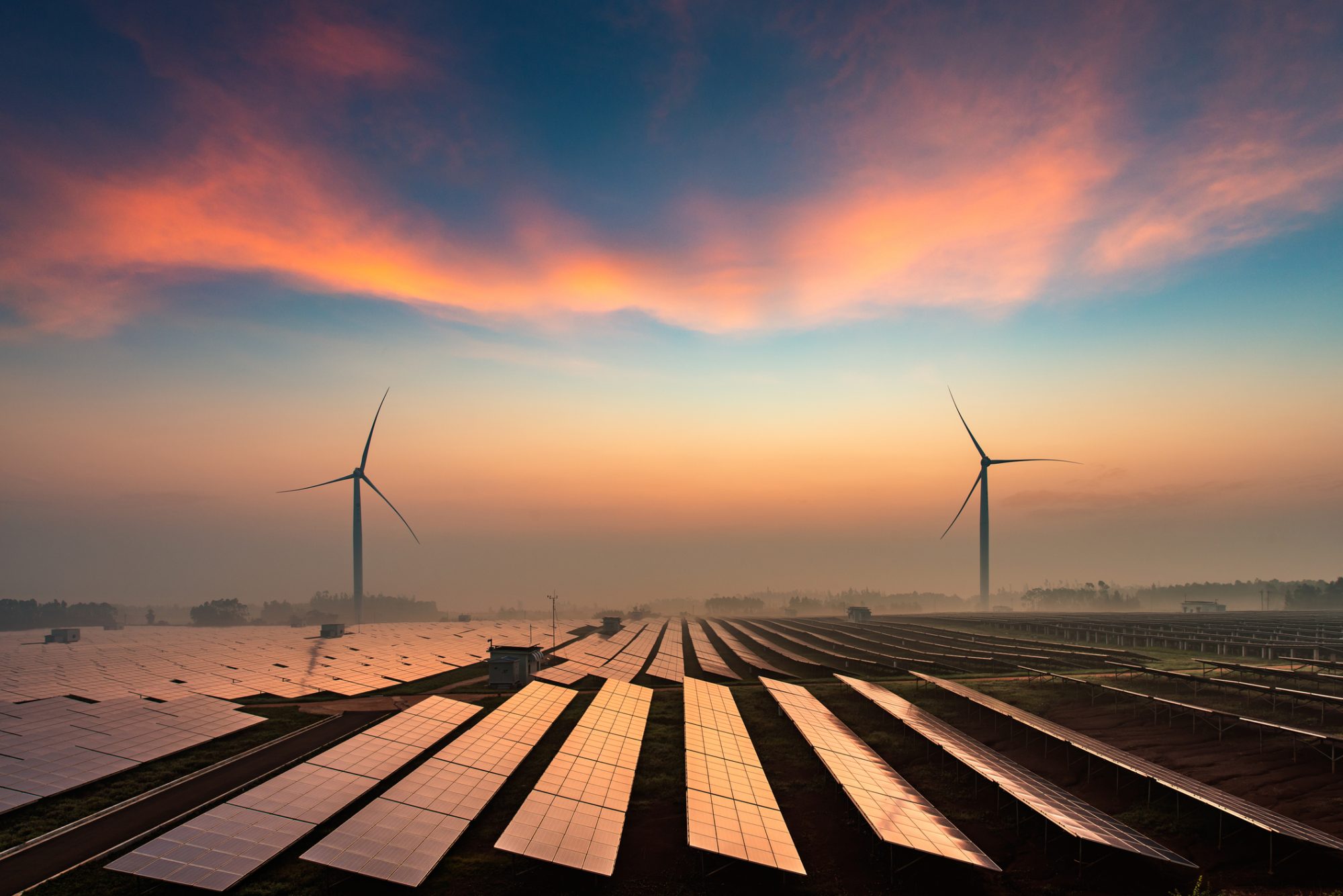As the industry turns to more efficient and sustainable approaches to carbon reduction, AtkinsRéalis explores why it is the right time for construction to re-think future energy-infrastructure planning
With the focus shifting to more efficient and sustainable approaches to carbon reduction, there’s a push for bigger, better and bolder energy solutions, which means now is the right time to re-think infrastructure design and planning.
By 2050, the government wants 50GW of the UK’s energy to be generated by offshore wind – compared with 14GW in 2023.
This aspiration has a great deal of public support and is welcomed by an energy sector that is firmly committed to a renewable future.
But making it happen is a complex and challenging task. Reaching 50GW of offshore wind energy would mean hundreds of kilometres of new transmission lines across the country – something that has sparked a widespread backlash among affected communities.
National Grid’s commitment to delivering 17 new transmission projects worth approximately £4.5bn shows that offshore wind is only part of a much bigger consenting challenge.
However, environmentally integrated planning and design provide an opportunity to do things differently and meet the challenges of tomorrow.
By looking beyond traditional project parameters and putting the environment centre stage, we can generate multi-benefit outcomes and build a culture of transparency and trust, setting us on the path to sustainability.
Environmentally-integrated planning and design
As the climate crisis deepens and societal inequalities grow, the environmental and social consciousness of our population is becoming increasingly acute.
In order to draw support for necessary infrastructure programmes, energy companies not only need to choose the best course of action; they need to be able to justify it.
By redefining the design processes and bringing environmental experts in from day one, we have the opportunity to bring social and environmental considerations to the fore.
New technologies are paving the way for sophisticated environmentally integrated planning that has the capacity to weigh up wide-reaching social and environmental considerations along with more traditional metrics of time, quality and cost to assess and identify solutions with the most potential for good.
There’s a huge pool of data available to us from public and private sources that can provide transformative insight.
Using AI to look at geographical, environmental, and socio-economic features
Using that data in combination with leading-edge technology such as AI, GIS tools and web mapping, we can identify important engineering considerations and look at a range of geographical, environmental and socio-economic features.
By manipulating this data, we can attribute weightings to each social and environmental consideration in line with the project brief and get a full understanding of any possible environmental and social opportunities and constraints in the area.
At AtkinsRéalis, we present these weightings through a traffic light system, generating a shortlist of optimal locations as far away as possible from ecologically valuable areas, sensitive landscapes, areas of historic interest and areas of high population density.
This straightforward and accessible information enables decision-makers to select an option that meets the project brief and has the best overall outcome for the environment and the community.
This information also supports the justification of decisions, speeding up community consultations and negotiations with landowners, minimising potential objections and avoiding costly changes or delays.
What are the benefits of an environmentally integrated approach to energy infrastructure?
Capitalising on technological innovation means we can utilise more data sources and consider far more possibilities than a manual approach, enabling companies to make informed decisions, with confidence.
An environmentally integrated approach creates a culture of transparency and accountability that is increasingly demanded by investors and the public.
It demonstrates a robust ‘assessment of alternatives’ which is invaluable when applying for consent – stating what factors were considered, exactly why a particular option was taken forward, and why alternatives were ruled out.
Environmentally integrated design and planning is a turning point for industry thinking. It opens up a richer and more holistic way of working that broadens perspectives, recognises value and brings clarity to decision-making.
It enables us to harness the power of emerging technologies and consider an almost inconceivable web of risks, opportunities, interactions and dependencies.
What was once seen as a constraint suddenly becomes an opportunity. Instead of seeing the environment as a limiting factor, we now see it as a vast and untapped resource with huge potential for good.
If we can recognise the many and varied opportunities offered by our environment, from reduced flood risk and habitat creation to accessible green spaces, we can incorporate the value of natural assets into our solutions and create sustainable infrastructure projects that do much more than simply get us from A to B.
Ines Lopes
Senior Environmental Consultant
Jamie Gleeson
Principal Planner
AtkinsRéalis

















